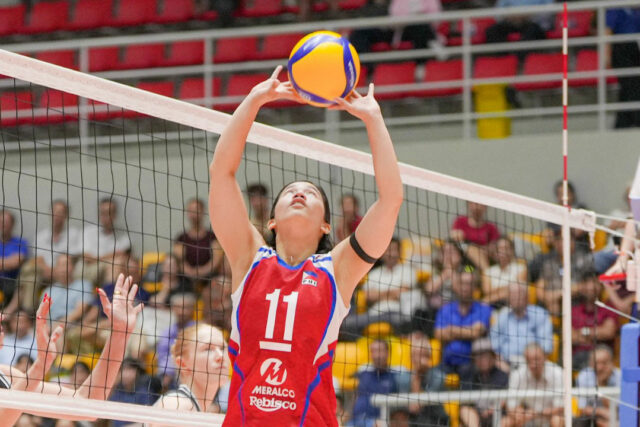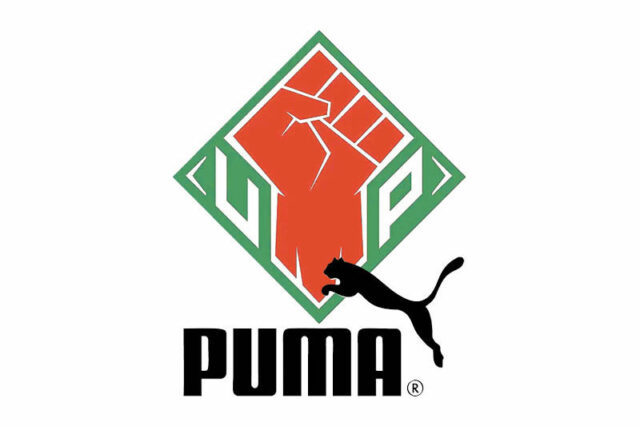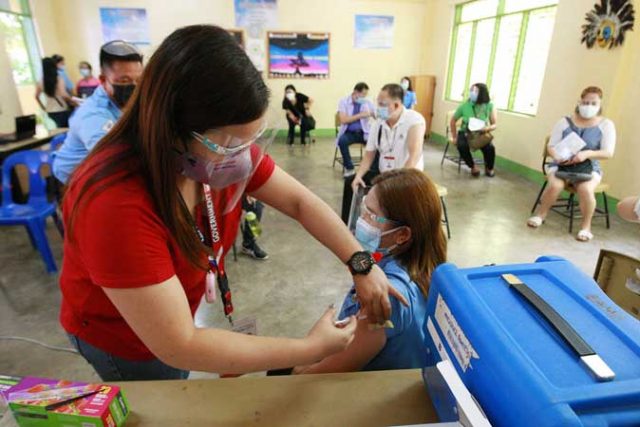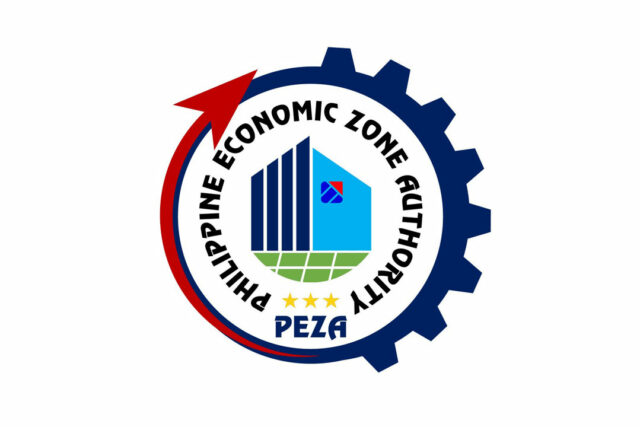IN BRIEF:
• Major global markets are seeing a rise in profitable IPOs, but overall investor enthusiasm remains subdued.
• Privately-owned companies that are used to their ‘old ways’ may need to ‘reinvent’ how they use technology in their business and generate real-time operating and financial information for more agile decision-making in relation to governance, operations and finance.
•Companies are increasingly integrating artificial intelligence (AI) into their strategies to attract investor interest and drive growth.
According to the EY Global IPO Trends Q1 2025, the global IPO landscape experienced a notable 20% increase in value year on year in the first quarter of 2025, despite significant geopolitical uncertainties. This period has been characterized by considerable market disruptions and complex factors affecting investor sentiment. The new US administration’s extensive policy agenda hints at potential shifts in geopolitical and regulatory landscapes, trade and tax policies, and immigration strategies, presenting both opportunities and risks on a global scale. Concurrently, the emergence of more affordable artificial intelligence (AI) models has heightened competition, leading to increased investor apprehension.
As geopolitical tensions rise and economic conditions fluctuate, businesses are increasingly looking to public markets to secure funding and drive growth. This environment has prompted firms to refine their strategies, focusing on demonstrating financial stability and innovation to attract discerning investors. The integration of advanced technologies, particularly artificial intelligence, is becoming a focal point for many companies as they seek to differentiate themselves and capitalize on emerging market trends.
Despite these challenges, the global IPO market demonstrated resilience in Q1 2025, achieving year-on-year gains in both volume and value.
PROFITABLE IPOS AND MARKET ENTHUSIASM
In Q1 2025, the proportion of new IPOs that were profitable surged across most regions compared to the previous year, except for ASEAN and Japan. While the Chinese mainland has implemented strict regulatory measures to improve IPO quality, the overall increase in profitable debutants across various markets indicates a sustained investor interest in financially sound companies. Notably, the percentage of profitable listings in the US and India saw significant growth this quarter, driven by strong demand, enhanced pricing power, and effective cost management.
However, despite the rise in profitable IPOs, investor enthusiasm remains muted. Heightened market uncertainty, influenced by trade tensions and the new economic policies under US President Donald Trump, regulatory changes in most countries, and the disruptive rise of AI competitors, have led investors to adopt a more selective approach, seeking secure and predictable returns. Companies are now required to demonstrate robust financial performance and potential for value creation to attract investment.
Among the IPO cohort, only the US and Chinese mainland experienced an increase in median first-day IPO returns, while other markets saw declines. This reflects a selective resilience rather than widespread positive performance in the IPO space.
AI’S TRANSFORMATIVE IMPACT ON IPOS
AI is reshaping the business landscape, significantly affecting the growth trajectories of companies preparing for IPOs. Its integration into business models is redefining how firms approach public offerings. Retail investors are particularly interested in stocks poised to leverage AI for growth, especially in sectors like media, FinTech, and healthcare.
Recent filings indicate that a substantial percentage of IPO candidates across various sectors are highlighting AI in their disclosures, emphasizing its role in driving innovation and operational efficiency. This trend underscores AI’s growing importance in corporate strategies and investor narratives.
FILLING THE IPO PIPELINE
While the global IPO pipelines across all sectors have surged YOY in Q1 2025, completed listings have only increased in half of the sectors compared to the previous year. The Industrials and Real Estate, Hospitality, and Construction sectors are leading in terms of confidence and growth in IPO pipelines.
Despite the mixed performance, the Health and Life Sciences sector has shown strength, with a significant increase in new candidates and completed IPOs. The Technology, Media, and Telecommunications sectors also rebounded, driven by strong growth in the US and larger deals in India and South Korea.
WHAT ABOUT THE PHILIPPINE CAPITAL MARKETS?
According to the BusinessWorld Insights: Stock Market 2025 forum, analysts believe it will be challenging for the Philippines to meet its target of six IPOs this year, as issuers await better market conditions and higher valuations. Despite ongoing interest from companies, market performance is crucial for larger IPOs, with smaller ones potentially faring better if conditions do not improve. The Philippine Stock Exchange (PSE) missed its IPO target in 2024, achieving only three listings. Looking ahead to 2025, despite the influence and impact of the global headwinds, the local capital market is expected to recover, with projections indicating a bullish outlook and a potential rise in the PSE index.
More recently, there have been positive developments that can encourage local listings. On May 30, President Ferdinand Marcos, Jr. signed Republic Act No. 12214, or the Capital Markets Efficiency Promotion Act (CMEPA), which will bring long-awaited reforms to the Philippine capital markets by modernizing the tax system on passive income, making it more competitive, regionally aligned, and investor-friendly.
CMEPA is expected to help strengthen liquidity, increase trading activities and accelerate capital formation in the local capital market. Furthermore, the appointment of a new chairman of the Securities and Exchange Commission, Francis Ed Lim, the former president of the PSE, is expected to usher in more reforms that will make the capital market more accessible.
NAVIGATING UNCERTAINTY
As inflation expectations rise and geopolitical tensions persist, companies planning to go public this year must be well-prepared and adopt agile strategies to navigate the volatile market conditions. Those looking to list will need to demonstrate readiness to capitalize on the opportunities that arise when market volatility decreases.
The global IPO market is witnessing a significant increase in profitable listings, yet investor enthusiasm remains cautious. The Aerospace and Defense sector is experiencing growth due to heightened defense spending amid geopolitical tensions. Additionally, AI is becoming a crucial element in the strategies of companies preparing for IPOs, influencing investor interest and market dynamics. As market participants navigate these complexities, preparedness and adaptability will be key to successfully capitalizing on emerging opportunities.
Looking ahead, the ability of companies to effectively communicate their value propositions and growth potential will be critical in attracting investors in this competitive landscape. Companies that leverage data-driven insights and innovative technologies will likely stand out, fostering confidence among potential stakeholders. Privately owned companies that are used to their ‘old ways’ may need to ‘reinvent’ how they use technology in their business and generate real-time operating and financial information for more agile decision-making in relation to governance, operations and finance.
Moreover, as regulatory environments evolve and new market trends emerge, staying informed will be essential for companies aiming to thrive in the IPO space. By prioritizing transparency and strategic planning, businesses can position themselves favorably to weather the current economic, socio- and geopolitical uncertainties and seize the opportunities that lie ahead in the dynamic IPO market.
This article is for general information only and is not a substitute for professional advice where the facts and circumstances warrant. The views and opinions expressed above are those of the author and do not necessarily represent the views of SGV & Co.
Kristopher S. Catalan is the Philippine EY private leader and an assurance partner of SGV & Co.












